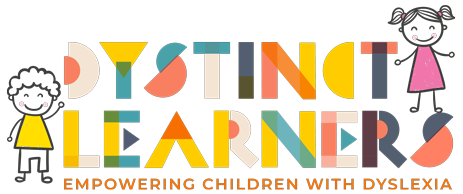Intervention Strategies
Evidence-Based Approaches
Structured Literacy Programs
Structured literacy programs are systematic and explicit instructional approaches designed to address the needs of children with dyslexia. These programs focus on:
- Phonological Awareness: Developing the ability to hear and manipulate sounds in words.
- Phonics: Teaching the relationship between letters and sounds.
- Fluency: Building the ability to read with speed, accuracy, and proper expression.
- Vocabulary: Expanding word knowledge and understanding.
- Comprehension: Enhancing the ability to understand and interpret what is read.
Examples of structured literacy programs include:
- Orton-Gillingham Approach: A multi-sensory, phonics-based method.
- Wilson Reading System: An intensive program designed for students with significant reading difficulties.
- Barton Reading and Spelling System: A tutoring system that is Orton-Gillingham influenced.
Multi-Sensory Learning
Multi-sensory learning engages multiple senses to help children learn. This approach can include:
- Visual: Using sight to see and recognize letters and words.
- Auditory: Listening to sounds, words, and reading aloud.
- Kinesthetic: Involving movement, such as tracing letters in the air.
- Tactile: Touching and manipulating objects, such as using letter tiles.
These methods help reinforce learning by engaging different parts of the brain and providing multiple ways to understand and remember information.
Tutoring Techniques
Phonemic Awareness Training
Phonemic awareness is the ability to hear, identify, and manipulate individual sounds (phonemes) in spoken words. Techniques include:
- Sound Matching: Identifying words that start or end with the same sound.
- Blending Sounds: Combining individual sounds to form words.
- Segmenting Sounds: Breaking words into their individual sounds.
Decoding and Fluency
Decoding is the ability to apply knowledge of letter-sound relationships to read written words. Fluency involves reading with speed, accuracy, and proper expression. Techniques include:
- Explicit Phonics Instruction: Teaching the rules and patterns of phonics.
- Repeated Reading: Practicing reading the same text multiple times to improve fluency.
- Guided Oral Reading: Reading aloud with guidance and feedback from a tutor or teacher.
Technology Aids
Assistive Technologies
Assistive technologies can support children with dyslexia by providing alternative ways to access and engage with written material. Examples include:
- Text-to-Speech Software: Converts written text into spoken words.
- Speech-to-Text Software: Converts spoken words into written text.
- Audiobooks and E-books: Allow children to listen to and follow along with text.
Educational Apps and Software
Various apps and software programs are designed to help children with dyslexia improve their reading and writing skills. Examples include:
- Learning Ally: Provides access to audiobooks and other resources.
- Nessy Learning: Offers games and activities focused on reading and spelling.
- Ghotit Real Writer: Provides writing assistance and dyslexia-friendly word prediction.
Effective intervention strategies for children with dyslexia are multi-faceted and tailored to individual needs. Structured literacy programs, multi-sensory learning approaches, and the use of technology aids can significantly improve reading and writing skills. With the right support, children with dyslexia can overcome challenges and achieve academic success.
